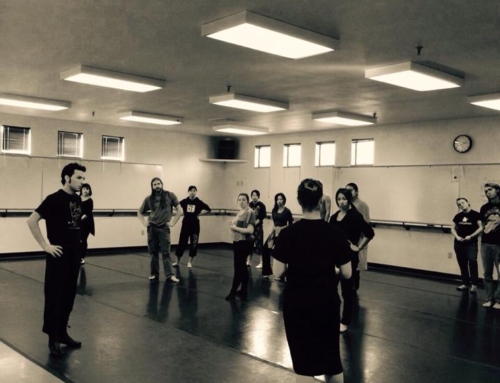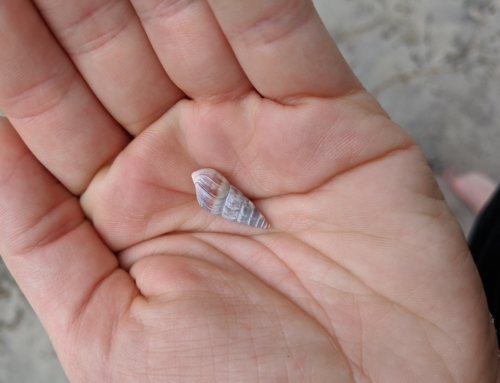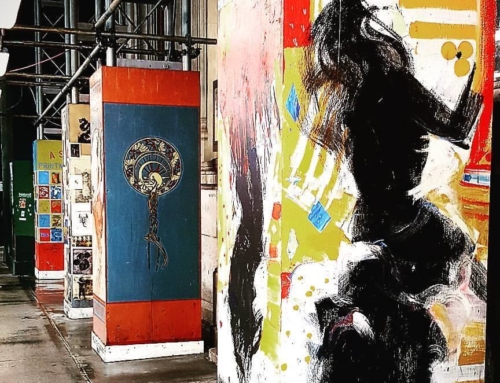Here are two words I am absolutely sick and tired of hearing, mostly because they are misused: community and collaboration. This blog post will address the first one, and the latter will be addressed in a future blog post.
Let’s define community to begin with.
Community (not the TV show—though I am a big fan): Generally, this is a group of people that share a common interest or goal and reside in the same area. Please note, they do not have to share everything—they can still be individuals. They usually have one thing in common.
So “community building” would be reaching out to people with that interest, and sharing that interest with their wider networks and people in the same locale, to build awareness, respect, and to share their common interest/goal.
A community is not a clique.
What’s the difference? A clique is a group of people with a shared interest who spend a lot of time together and “do not readily allow others to join them.” A clique is exclusive.
For me, a community has to be welcoming for me to really think of it as a community. A community wants more people to share their love of something or their concern for something for the betterment of the larger neighborhood/city/state/country/world.
In dance, I believe building community means sharing the passion for dance, giving dancers of all levels opportunities to share and grow. It means being open to new ideas and new people, who may not align with all of my ideas. Enter here intersectionality. We can share a common interest, but we also bring a myriad of individual experiences to the community as well.
We’re doing dance a dis-service when we make cliques instead of communities. We wonder why the dance audience isn’t growing? Perhaps it’s the cliqueiness of the dance world. Dance can be for everyone, and I strongly, STRONGLY, believe it should be.
The city I have been living in is mainly a city of cliques—not just in the dance world, though that is where I have mainly experienced it. Here are two examples that really sum up my experience here over the last year:
1. Tickets to a public show had student discount tickets—but only for members of the dance department of one local college. The people putting on the performance were alumni of that department and still close with faculty there. But even at that university’s official performances, student priced tickets are for ALL students. It struck me as very exclusionary to only offer a discount to a single department at one university. It’s not so much the financial issue that bothered me, but the message it sent that other students were less welcome. And what about students of that same university who aren’t part of the dance department, but like dance or are dancers who have chosen to major in something else? The message it sent me was somehow the dancers in that department were part of an “in-group” that got special treatment. Even more disappointing, one of the producers stated they aim “to create a festival that brings the community together in dance” (source). For me, the first step to creating community is welcoming everyone equally and being accepting of people with different viewpoints within the dance community—that’s how we create a space where we can share and respect ideas.
2. I will soon be getting my certification to teach Simonson Technique. I wanted to teach a masterclass or short workshop, and contacted a local studio that I have seen give masterclasses and has a great deal of contemporary dance for adults—it seemed like a perfect fit to host a Simonson class. A summary of the response I received from that studio: if you’re not already involved in our programming, we’re not interested in a masterclass from an outside artist. Wow, really?!?! To say the least I was shocked. Part of the response included the following statement about how to become more involved (or part of their clique) so that I could one day teach a masterclass there, “showing up and hanging out with us is the best way to do this [get more involved].” You may as well say that you only hire your friends. God forbid you introduce your students to other techniques, ideas, or forms. This is a professional studio and dance company. Did they actually just say that?! And yet, their mission statement begins by describing themselves as an, “arts-based non-profit organization which exists to inspire and unite community…” (source).
There have been two bright spots in my experiences here: Festival Ballet Albuquerque/Dance Theatre of the Southwest and Maple Street Dance Space. The women running these spaces are building community—welcoming everyone, open to new ideas, and helping support young and emerging artists, without compromising quality.
You can have quality and integrity without being exclusive, and indeed I’ve found the highest quality comes from people who are open to new ideas and welcoming to a community broader than themselves. Our dance communities are part of larger communities, and we need cross-pollination between dance organizations, and with the greater community in order to keep dance vibrant, growing, and relevant.









Leave A Comment